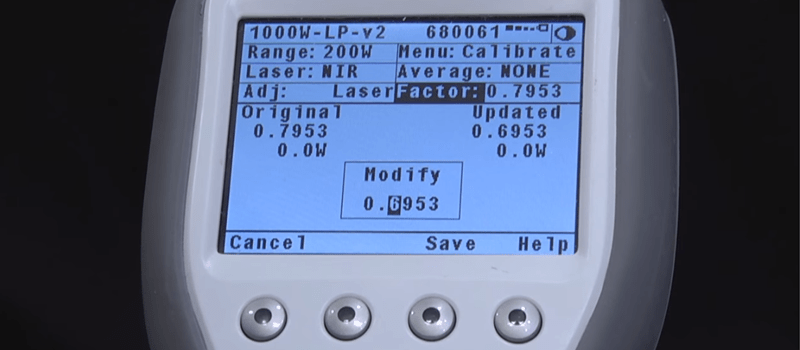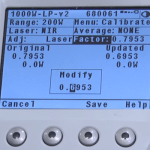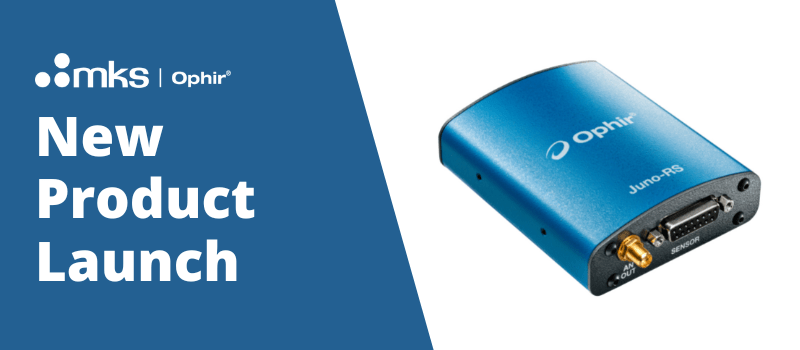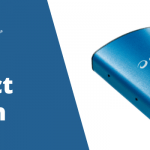Thermal sensors measure heat.
Lasers heat up these sensors, which is what we want.
But after the laser is turned off, the sensor might still be hot. (Especially true for high powers, long exposure.)
Does this mean the sensor will still show a reading? Should it be zeroed?
These are good questions, but we have to get a little technical to understand the answers.
(If you don’t want to get into the details, the short answer is that it’s okay if you see a reading while the sensor is cooling down, but you should NOT zero the sensor while it’s still hot. Read on to understand why this is so, and how accurate your reading will be.)
How does a thermal sensor work?
A thermal sensor has an absorber (disk) with a thermopile on it. The laser hits the center of the disk and the heat travels outward towards the thermopile. This created a temperature difference, which is precisely what the thermopile measures. Lucky us!
When all is well, the temperature difference is directly proportional to the power of the laser. Throw in some electronics and a display, and you have yourself a laser power meter.
But what about when the sensor head remains hot even after the measurement?
Sometimes the residual heat will cause a small reading, even after the laser is turned off. Don’t zero it! (That would lead to a negative value when the sensor cools down.)
The sensor can continue to measure the laser, even with a low power, since the laser will cause heat to build up again in the center of the disk and create the same temperature gradient as when the sensor is cold. In other words, you can still measure with the same accuracy.
What about linearity?
In a perfect world, the sensor would retain maximum accuracy even in this situation. However, this is only 100% true for a completely linear sensor. Ophir sensors are typically stated to be within ±2% linearity, so the reading should still be reasonably accurate.
Bottom Line
Here are the takeaways:
- Zero your sensor when it is cold
- Measure away!
- Sensor may get hot
- Turn off laser – whoa, the meter says there’s still 2 mW! (e.g.)
- Measure again – seems like it would be inaccurate, but it’s totally accurate
Questions?
Leave ‘em in the comments:
Creative commons image via tmib_seattle













Leave a Reply
Your email address will not be published. Required fields are marked *